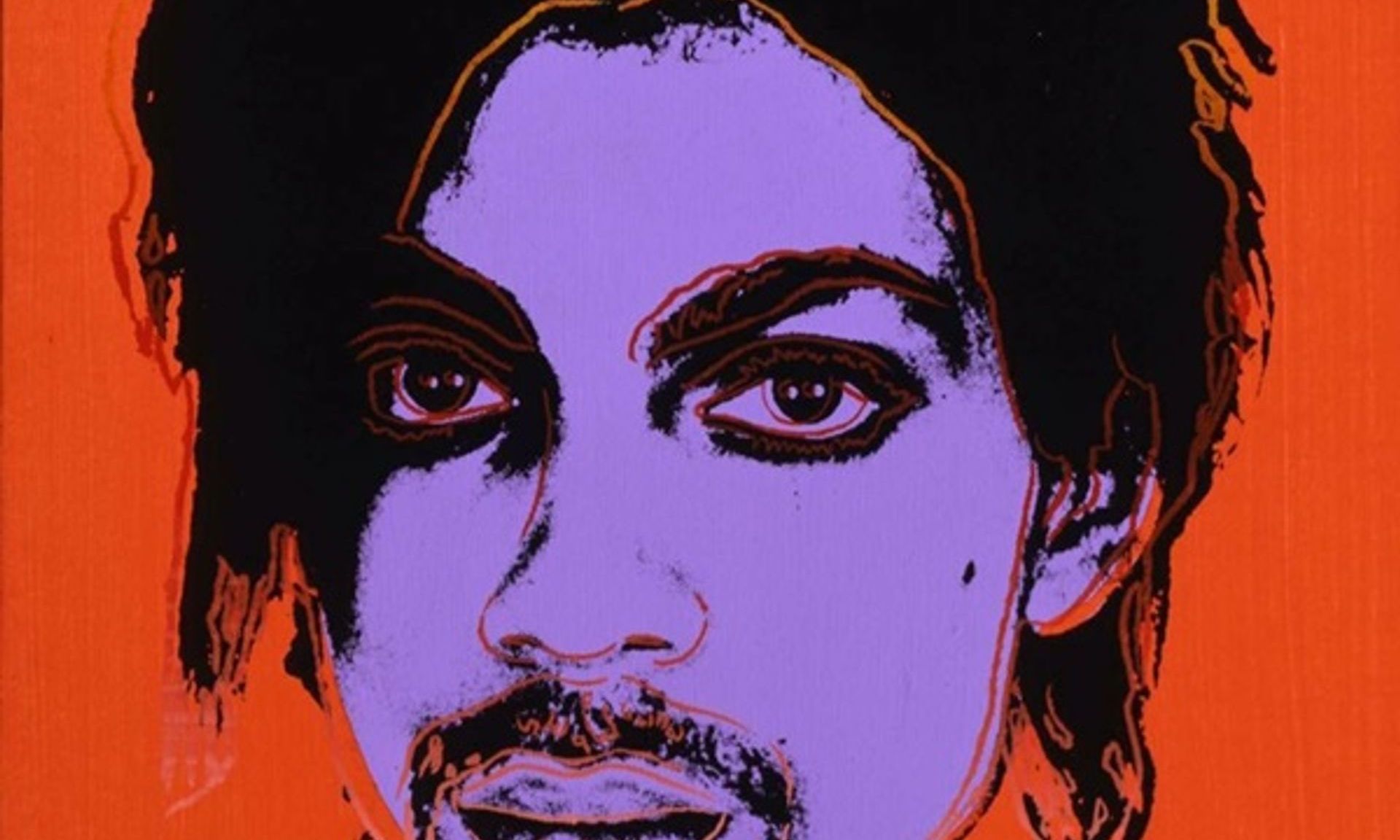One of Andy Warhol's portraits of Prince, based on an image made by the photographer Lynn Goldsmith
The Andy Warhol Foundation for the Visual Arts is raising the ante in a ‘fair use’ case adjudicated by the US Court of Appeals Second Circuit in March that found the 1980s portrait series by Andy Warhol based on a photograph of the musician Prince by the photographer Lynn Goldsmith did not constitute ‘fair use’.
The law firm Latham & Watkins, which represents the foundation, has requested that the US Supreme Court review the Second Circuit’s ruling, which it claims contradicts Supreme Court precedent in ‘fair use’ cases. “We hope the Supreme Court will grant review in this case and reaffirm the importance of free artistic expression. The ‘fair use’ doctrine plays an essential role in protecting freedom of speech and advancing core First Amendment values,” says Roman Martinez, a partner in the firm’s Supreme Court & Appellate practice.
This escalation marks a new turn in a dramatic series of court proceedings, the outcome of which could affect artists who depend on appropriation for their work, from Richard Prince and Jeff Koons to emerging artists whose practices involve found imagery and materials.
In 2017 Goldsmith filed a copyright infringement claim against the Warhol Foundation in a Manhattan federal court claiming that Warhol violated the copyright of her photographs of Prince, taken in 1981, when they were used to make the 16 colourful screenprints that make up the Prince Series.
In 2019 Judge John G. Koeltl ruled that Warhol’s works were protected by ‘fair use’ because they are “transformative” of the original photo and “add something new to the world of art”, according to the court papers. However, in March of 2021, the US Court of Appeals overturned that decision saying, “Whether a work is transformative cannot turn merely on the stated or perceived intent of the artist or the meaning or impression that a critic—or for that matter, a judge—draws from the work.” Otherwise, “the law may well recognise any alteration as transformative.”
In April, the foundation’s lawyers filed an en banc petition asking the appeals court to reconsider their ruling, which they claim “threatens to render unlawful many of the most historically significant contemporary art works of the last half-century as a result of the panel’s narrow conception of the ‘fair use’ doctrine”.
“The ‘fair use’ doctrine has for centuries been a cornerstone of creativity in our culture,” says Andy Gass, a partner in the law firm’s Copyright practice. “Our goal in this petition is to preserve the breadth of protection it affords for all—from the Andy Warhols of the world, to those just embarking on their own process of exploration and innovation.”

